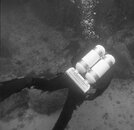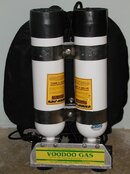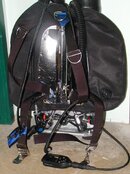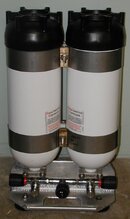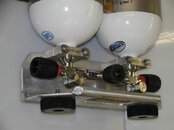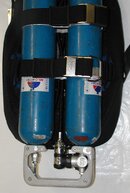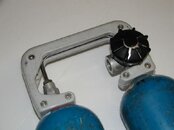Glenn08
Contributor
Another post asked questions about techniques to reach the valves of back-mounted tanks. I decided to change my rig to mount my twin 50's valves-down so that I could reach the valves easily. Apparently valves-down is still a rare setup. I have a theory as to why scuba tanks are typically worn with the valve(s) behind the diver's head. Does anyone care to offer their theory as to why valve(s) are positioned behind the diver's head ?




